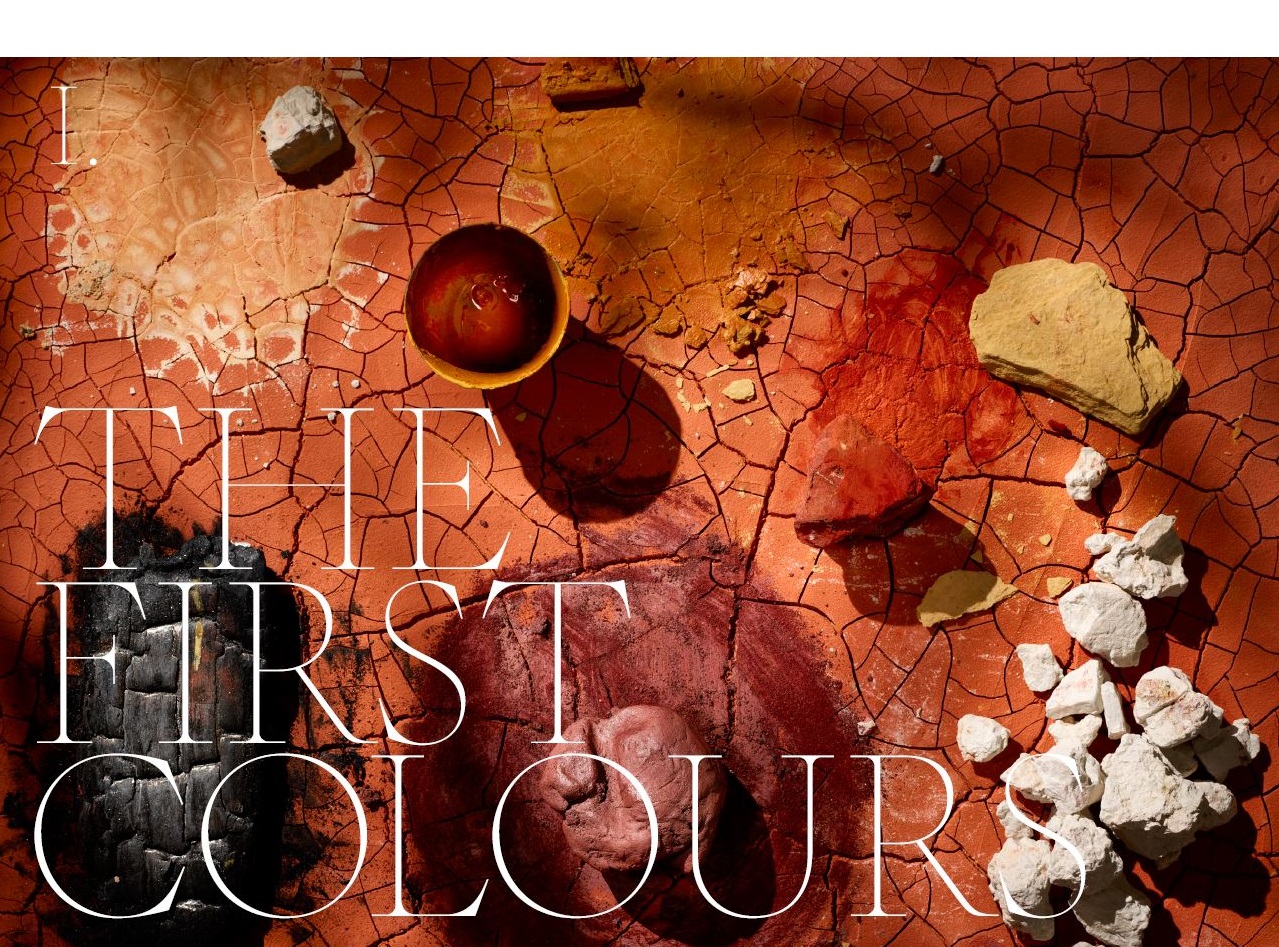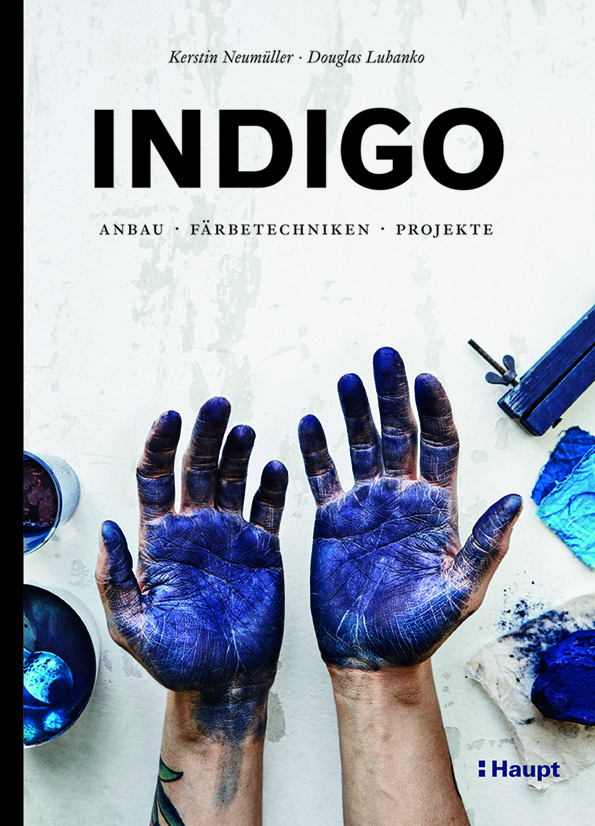

In the hardback edition that I read, all of the colours are reproduced in lavish photographs by Adrian Lander. One of the creepiest and most sinister was Mummy Brown, made from the flesh, bones and wrappings of ancient Egyptian mummies! Or was it the beautiful Emerald Green - one of my favourite colours - developed in the 1800s, and used extensively in wallpapers? This deadly pigment produced poisonous vapours in damp weather, killing children in their beds!! Then there's Gall Ink, a very intense black made from oak gall (the nest made by gall wasps on oak trees), which is apparently still used in the UK for all official BDM certificates. Some of my favourites were Realgar, the 'ruby of arsenic' but also a useful rat poison and snake repellent, Tyrian purple, which needed 250,000 snails to produce just 1 ounce, and Dragon's Blood, a garnet red resin used by Stradivarius to tint the varnish on his violins. Cennini did it in the 14th century, and now Coles has brought it into the 21st! It's a real credit to the author for bringing together the details and history of so many colours, pigments and dyes, many of which have been 'lost' over the centuries, in a modern compendium. For me, that was mainly the colour profiles. Unfortunately I've been reading a library copy, and it's in demand, so I had to prioritise the parts to savour. Spanning from the ancient world to modern leaps in technology, and vibrantly illustrated throughout, this book will add a little chroma to anyone’s understanding of the history of colors.Ībsolutely beautiful to look at and fascinating to read, this is the kind of book that you'll want to really spend some time on. Red lead, for example, was invented by the ancient Greeks by roasting white lead, and it became the dominant red in medieval painting. From grinding down beetles and burning animal bones to alchemy and pure luck, Chromatopia reveals the origin stories behind over fifty of history’s most vivid color pigments.įeaturing informative and detailed color histories, a section on working with monochromatic color, and “recipes” for paint-making, Chromatopia provides color enthusiasts with an eclectic story of how synthetic colors came to be. Throughout history, pigments have been made from deadly metals, poisonous minerals, urine, cow dung, and even crushed insects.


Did you know that the Egyptians created the first synthetic color and used it to create the famous blue crown of Queen Nefertiti? Or that the noblest purple comes from a predatory sea snail? In the Roman Empire, hundreds of thousands of snails had to be sacrificed to produce a single ounce of dye.


 0 kommentar(er)
0 kommentar(er)
